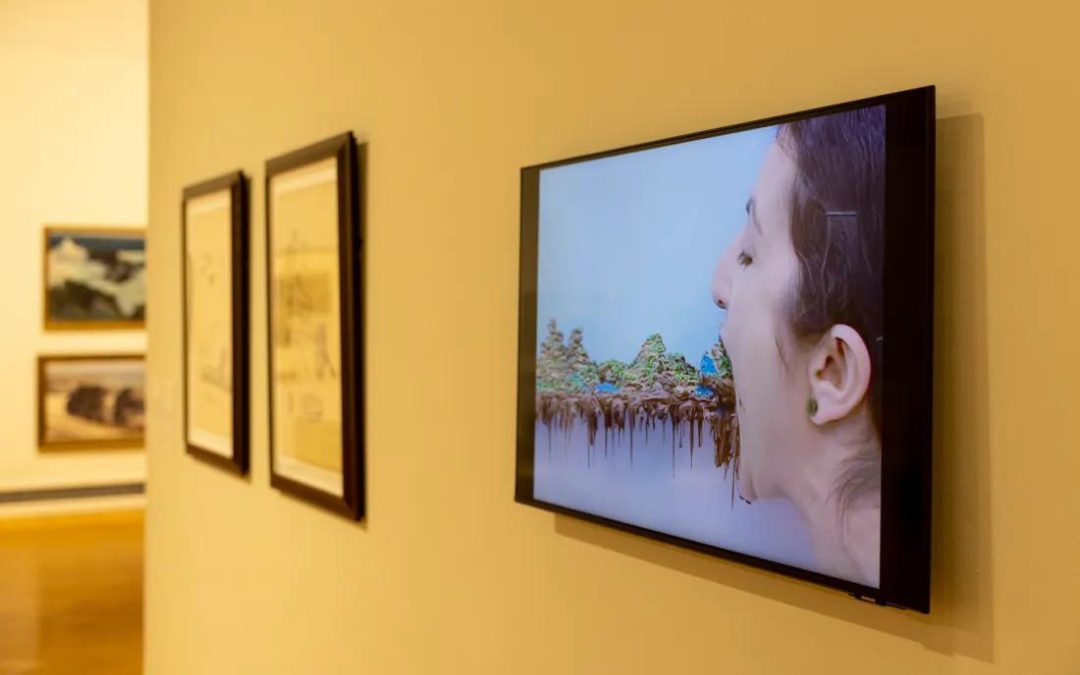To examine the photographs by Ansel Adams, Carleton Watkins, and Imogen Cunningham, David Thomas Jr. and his wife Sofia came from their home in Redwood City. But they discovered so much more. They also promise to return with pals.
The Mills College at Northeastern Art Museum will never be mistaken for the San Francisco Museum of Modern Art or the Oakland Museum of California, but what Mills lacks in size, it makes up for in history, originality, and flexibility.
Additionally, quality. The museum, which was built by renowned Californian architect Walter Ratcliff Jr. and inaugurated in 1925, is located on the campus of Northeastern University’s Mills College, on the fringe of the city.
The 6,000 square feet of gallery space is illuminated by a skylight, and the building is symmetrical and beautiful both inside and out. It is built completely of concrete and has a flat tile roof, patterned glass ceiling, and skylight.
From a large courtyard, guests are greeted by a carved stone facade. There is no doubt that it is a Bay Area hidden gem. Since we have lived here our entire lives, the Mills Museum has just now come to our attention.
“Shifting Terrains,” the museum’s current show, which opened in September and will be on display until February before taking a break for the holidays, wowed us.
Impressionist paintings and photographs of various West Coast landscapes by well-known and lesser-known painters are included. That’s on purpose.
We frequently take out some of the fantastic items from our collection, some of which are rather well-known. However, match them with less well-known items.
Over 12,000 works of art, including prints, drawings, watercolors, photographs, ceramics, textiles, and Native American basketry, are included in the museum’s permanent collection. Some of these works of art showcase the finest of Northern California.
Since the museum’s inception, it has included artwork by Bay Area painters Anne Bremer, Maynard Dixon, Joseph Raphael, and William Wendt. Along with baskets from the surrounding Yurok, Karok, and Hupa tribes, there are also works from the Mills College Ceramics Guild.


